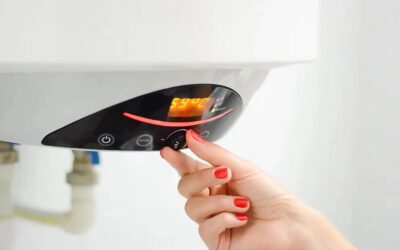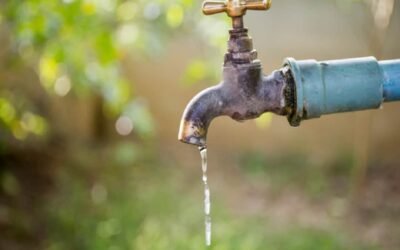The Issue of Pipe Freezing
Water is unique that is that it expands when it cools. It extends and puts enormous pressure on the object containing it, including pipes made of plastic or metal. Raising water could cause pipes to break, whatever the container’s strength.
Pipes That Freeze the Most Frequently Include:
- Pipes exposed to extreme colds, such as outdoor hose bibs, pool liner lines to the pool, and water sprinkler lines.
- Water supply pipes in internal, non-heated locations such as garages, attics, basements, or kitchen cabinets.
- Pipes that connect to exterior walls with minimal or even no insulation.
How Can Pipes Be Protected from Freezing
Before the Arrival of Colder Weather, You Should Protect Your Pipes Against Freezing.
Follow These Tips:
- Clean up water from the water fountain and swimming pool supply lines following the instructions of the installer or manufacturer. Don’t put antifreeze into the lines unless directed to do so. Antifreeze can harm the environment and be dangerous for pets, wildlife, landscaping, and even humans.
- Drain, remove, and store hoses that get used outdoors. Close inside valves supplying outdoor hose bibs. The hose bibs on the outside get opened so that water can drain. Keep the valve on the external open to allow any water inside the pipe to grow without breaking.
- Insulate attics as well as basements and crawl spaces. Insulation will help to maintain higher temperatures in these areas.
- Examine the house to find other areas where pipes for water are in the regions that aren’t heated. Check the garage as well as under bathroom and kitchen cabinets. Hot and cold plumbing pipes that get located in these locations are required to be insulated.
- Relocate pipes with exposed pipes to increase protection against freezing.
How to Prevent Frozen Pipes
- Ensure garage doors are closed when the garage has a water line.
- Open the kitchen and bathroom cabinet doors to let warmer water flow around the plumbing. Make sure you move all harmful cleaners and household chemical products out of the reach of your children.
- When it’s freezing, allow the cold water to drip out of the faucet, fed by exposed pipes. A steady water flow can help prevent pipes from getting frozen even at a whisper.
- Maintain the thermostat at the same temperature during the day and evening. If you temporarily stop using lower temperatures at night and you could get charged an increase in your heating bills, you’ll avoid the expense of costly repair work if pipes freeze and explode.
- If you plan to go out in cold weather, keep the heating on at home and set it to a temperature below 55° F.
The Best Way to Thaw Frozen Pipes
- If you try to turn off the faucet and only a tiny amount is released, it could be that your pipe is frozen. The most likely places to find frozen pipes are on the exterior wall or the point where the water line enters your home via the basement.
- Make sure the faucet is open. When you treat the frozen pipe, the snowy region melts, and water begins moving through the area. The water flowing through the pipe will melt the ice inside the pipeline.
- Use an electric heating pad wrapped around the pipe, an electric hair drier, and a portable space heater (kept away from burnable materials), or cover the pipelines in towels sodden in hot water to apply heat to the piece of pipe. Use of a blowtorch, kerosene or propane heater, a charcoal stove, or any other appliance with an open flame is prohibited.
- Heat the pipe until full pressure returns. If you’re unable to find the freezing region or if the area is not accessible, or if it is impossible to unfreeze the pipe, contact an authorized plumber.
- Check the other taps in your house to see whether you have frozen pipes. If one pipeline is frozen, others may freeze too.
Consultation to discuss your plumbing by calling Ottawa Plumbing Service at (613) 317-1682 or sending mail at info@ottawaplumbingservice.com.



